I wasn’t too sure at first, but now I’m a believer. Raised beds are worth the investment of both money and the initial effort it takes to set them up. It is only June here at Timber Butte and after a very late and frigid spring planting I wondered if we would ever get anything to grow. We had decided to build raised beds clear back in March (See entry #191 – April 5th2011 – Under agriculture category) but waited to plant even the early stuff until late in May due to unexpected snows and constant driving rains. It has been an unusual spring everywhere. Farmers fought every kind of weather and natural disaster from extreme drought to record breaking floods which has and will continue to result in escalating food prices. This of course makes planting a backyard vegetable garden a really good idea. All this to say, raised beds are a good way to go. Here are six good reasons why:
- Soil control – Raised beds hold their soil from season to season while traditional mounded rows have a tendency to erode or flatten out and redistribute their soil during the winter months. Raised beds retain the rich compost we build into them season after season along with earth worms and other organisms that are essential to make stuff grow.
- Weed control – I love raised beds because they require much less maintenance. We lay gunnysacks in the pathways between the beds which not only make the garden look tidy but serve as effective weed barriers. Because the beds are raised they require less bending when weeding is required.
- Water control – Normal mounded beds have a tendency to round off as the growing season commences and water naturally runs off into the low spots taking top soil with it. Raised beds hold their shape causing water to stay where it belongs around the plants. This alone is an advantage worthy of the effort.
- Organization – For some reason raised beds are easier to organize. Walkways are more defined and, in our case, we have placed cross bracing every eight feet which also defines growing spaces. These spaces are numbered and labeled which also helps organize irrigation drip lines so that we can more easily keep track of what’s been watered and for how long.
- Annual spring preparation – I love raised beds because they drastically reduce the work I have to do every spring rebuilding all of our beds. Because they retain soil and nutrients the amount of dirt I have to move is minimal. It also decreases the effort it takes to reset drip lines.
- Higher yield in smaller spaces – The greatest advantage is the fact that vegetables grow better in fertile raised beds and thus provide higher yields. As I compare the present progress in both quantity and quality of vegetation compared to the same time in previous years I am amazed at how much better things seem to be doing now that we have transitioned into raised beds.

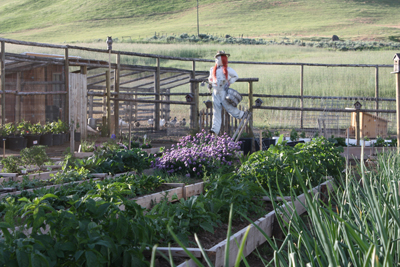
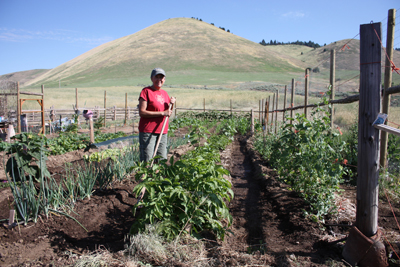
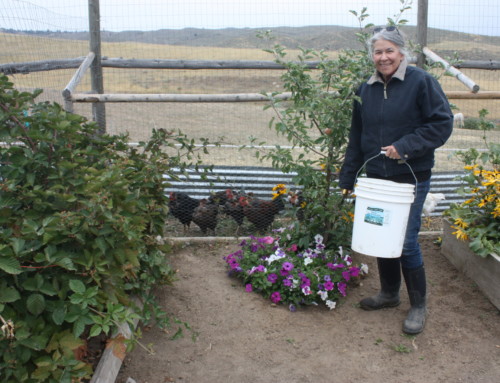

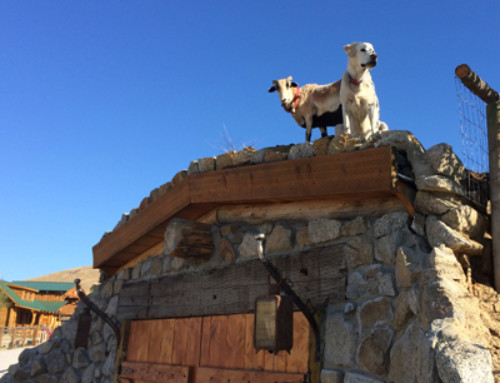
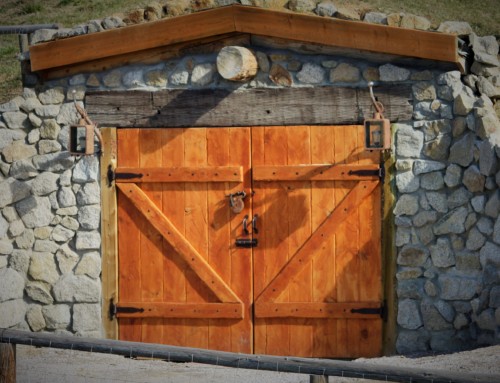
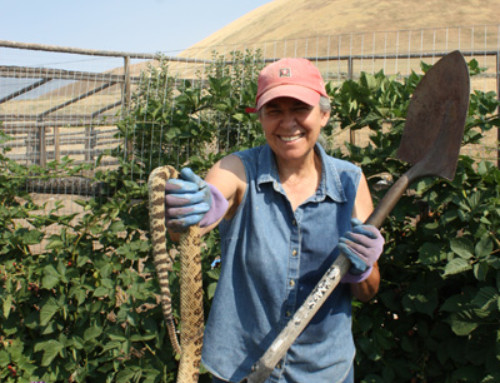
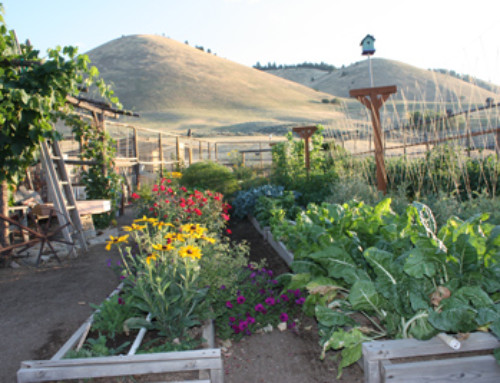
Leave A Comment
You must be logged in to post a comment.